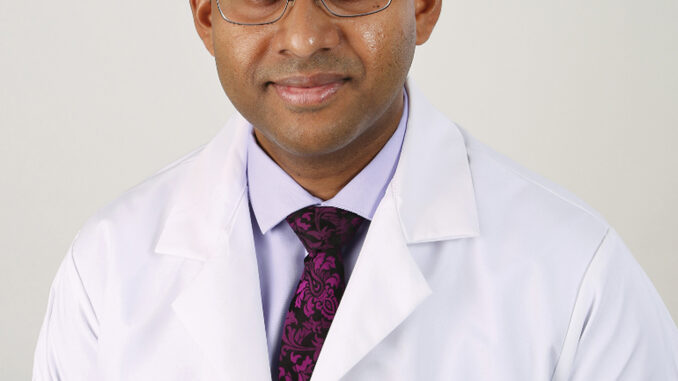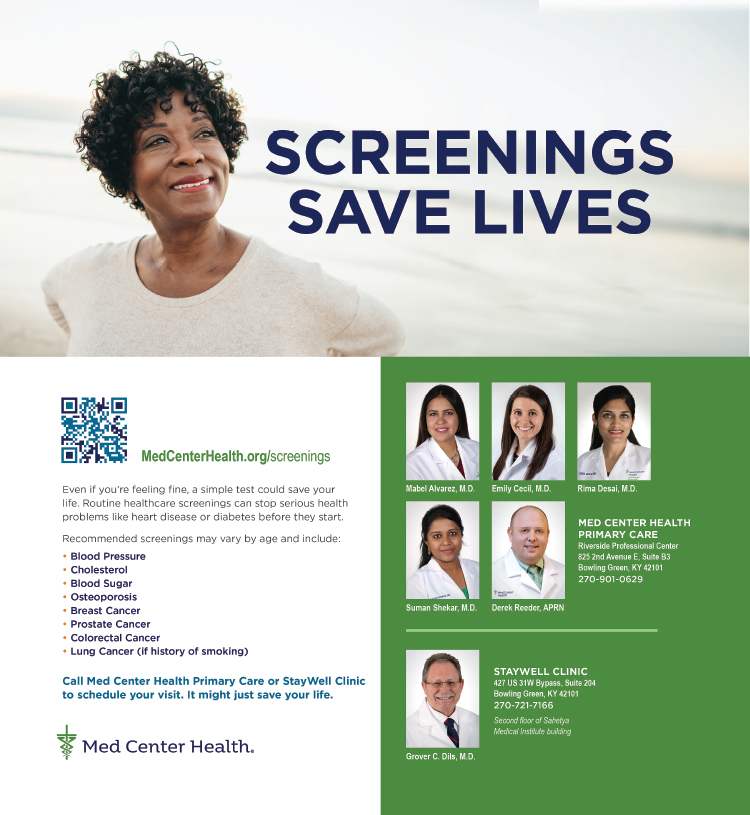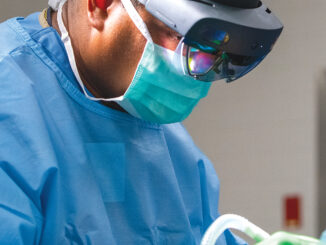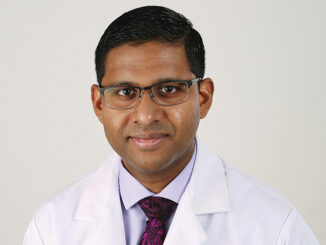
Think of your arteries as a highway system, leading from your heart to everywhere in your body. As long as everything is clear and running smoothly, all is well – but sometimes, there can be a traffic jam or wreck. An abdominal aortic aneurysm can be the equivalent of a multi-car pileup. Every year in the U.S., around 200,000 people are diagnosed with an abdominal aortic aneurysm, and it is the 10th leading cause of death in men over the age of 55.
What is an abdominal aortic aneurysm?
The aorta is the largest blood vessel in your body. It runs from your heart through the center of your chest and abdomen. Sometimes, the walls of the aorta can weaken, causing a bulge. This bulge is called an aneurysm. This can happen anywhere along the aorta, but is most common in the abdomen. Aneurysms can also occur in blood vessels other than the aorta, such as in the brain, back of the knee, intestine or spleen. Many aren’t dangerous and have no symptoms. Because the aorta is so large, you can suffer internal bleeding that is life-threatening if an aortic aneurysm starts to leak or rupture.
“Aortic aneurysms can grow slowly and you may not realize you have one,” says Magendran Danapal, M.D., with Med Center Health Heart, Lung and Vascular Surgeons. “This is why it is very important for anyone who is at risk to consult with their doctor about being tested.”
Who is at risk?
You probably won’t be surprised to learn that lifestyle can have something to do with developing an abdominal aortic aneurysm. But there are also risk factors you can’t control, such as your age and sex. Uncontrollable risk factors are:
• Age – most are found in people 65 or older
• Male
• White
• A family history of abdominal aortic aneurysms
• An aneurysm in another blood vessel
Smoking or chewing tobacco is the number one cause of abdominal aortic aneurysms. The Centers for Disease Control and Prevention (CDC) estimates that smoking accounts for 75% of all abdominal aortic aneurysms. The more you smoke or chew, the greater your risk not only of getting an aneurysm, but of it rupturing – tobacco can weaken the aortic walls. Other possible causes are:
• High blood pressure
• Hardening of the arteries (atherosclerosis) due to high cholesterol
• Trauma, such as a car accident
• Blood vessel diseases
• Infection of the aorta
Since lifestyle is the main reason people develop abdominal aortic aneurysms, it makes sense that a healthy lifestyle is how you avoid getting one in the first place. Don’t smoke, eat a healthy diet, get plenty of exercise and make sure your blood pressure is under control.
How do you know if you have an abdominal aortic aneurysm? Some people develop symptoms of pain or throbbing in the back or side, and pain in the buttocks, groin or legs. Many people have no symptoms at all, and the only way they know they have an aneurysm is by screening. If you are a white male, over 65 and a smoker, talk to your doctor about screening. The test is done by ultrasound and is painless.
If you do have an aortic aneurysm, your doctor will prescribe medication, surgery or a combination of both. Medicine can lower blood pressure and reduce your risk. Surgery can repair the part of the aorta where the aneurysm has occurred.
When your doctor recommends vascular screenings, Med Center Health is there to help with screenings that look for the most common vascular risks: Aortic Aneurysm, Stroke and Lower Extremity Peripheral Arterial Disease.
The cost is $35 for each screening or all three screenings for $90. For members of The Medical Center’s Senior Health Network, The Women’s Center or Men’s Health Alliance programs, the cost is $80 for all three. To learn more, visit MedCenterHealth.org/vascular-screenings.
-submitted by Med Center Health




